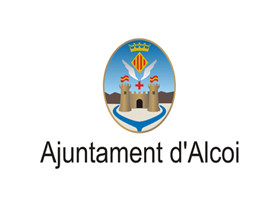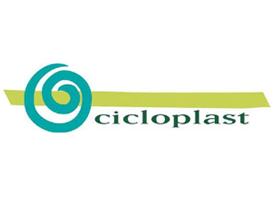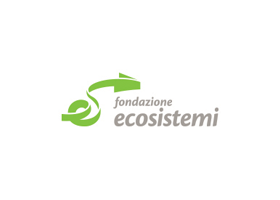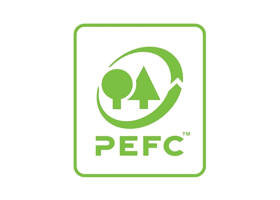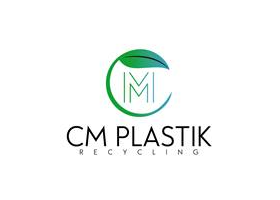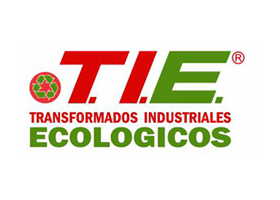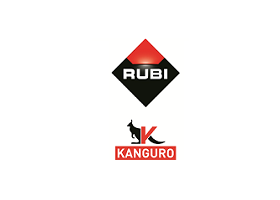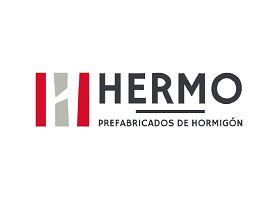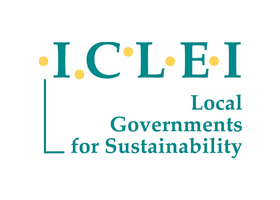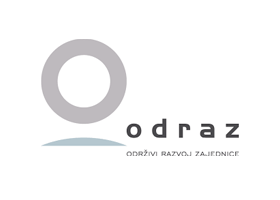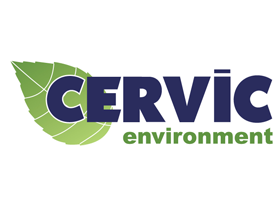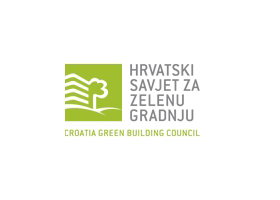In this section, you can access to the latest technical information related to the FUTURE project topic.
Global sales of battery-powered electric vehicles (EVs) and plug-in hybrids increased 51 percent from 2016 to 2017, according to Macquarie Research. Startup Uniti Sweden is staking out its space in this burgeoning market as the manufacturer of a modern city car – known as the Uniti One – designed for “holistic sustainability” in both operation and production. Composite materials are an important part of that equation.
“We wanted to create a vehicle that made sense for electric vehicle technology, today’s consumer expectations, urban mobility patterns and the big environmental challenges we are facing as a society,” says Tim Unerman, composite manufacturing specialist at Uniti. “In other words, we are rethinking the car from the ground up. We designed the vehicle with the driver at its core, instead of just designing around the same mechanical properties of the combustion engine era. The result is a lightweight electric car that boasts an intuitive user experience on a platform that is highly scalable and emits a lot less carbon over its lifecycle.”
The Uniti One will have a range of up to 186 miles, be suitable for highway or city driving and have a top speed of 80 mph. To achieve this performance, the company chose lightweight CFRP for the main structural frame and bio-based composites for the interior.
Unerman says composites offered several advantages. Uniti One is classified by the European Union as a heavy quadricycle (L7e vehicle) so it must weigh less than 92 pounds (not including the battery weight). This requires the vehicle structure to be as lightweight and safe as possible. The Uniti design team determined that a carbon fiber-based system would offer the most effective crash structure.
Composite fibers will also be a better environmental choice in the long run, Unerman says. Carbon fiber is now typically produced from polyacrylonitrile (PAN) and petroleum pitch, but as technology advances it has the potential of being produced from more sustainable materials. It will be easier to incorporate such changes into production when they’re already using a composite, rather than changing the design from aluminum to composite materials.
There are manufacturing advantages as well. “We can manufacture [the vehicle] fully automated and very scalable, with a much better environmental impact,” notes Uniti founder and CEO Lewis Horne in a Uniti website video.
“Flexibility and speed to market are key requirements for Uniti,” Unerman adds. “On evaluating the options for suitable tooling for volume, composite tools could be procured within six to nine months and only require around 10 tools.” Both numbers would be higher for materials like aluminum.

» Author: Mary Lou Jay
» Publication Date: 30/04/2018
» More Information
« Go to Technological Watch
